- Accueil
- A propos
- Nouvelles
- Publications
- Partenaires
- Mediterranean Plant Specialist Group (IUCN/SSC)
- Sóller Botanical Garden Foundation, Balearic Islands
- National Botanical Academy of Corsica
- Hortus Botanicus Karalitanus
- University of Catania
- Mediterranean Agronomic Institute of Chania
- Agricultural Research Institute of Cyprus
- Department of Forests of Cyprus
- Outputs
- Contact
Conservation Actions for Threatened Mediterranean Island Flora: ex situ and in situ joint actions
Reinforcement actions for Limonium creticum and Reseda minoica at the Matala archaeological site, Crete
18 April 2018
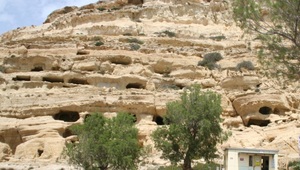
In situ conservation actions were carried out for two threatened species in Matala, Crete: Limonium creticum and Reseda minoica.
Limonium creticum is a perennial plant endemic to Crete. It forms a sub-shrub 20–50 cm tall, flowers from June to September, with violet corolla, and grows in coastal phrygana on shallow sandy soil on calcareous substrate. Reseda minoica is an annual or biennial plant. It forms stems 10-70 cm tall, flowers from March to May and grows mostly on basic, occasionally schistose substrates near the coast. Both species are found within and around the caves of the archaeological site of Matala*, a village located on the south coast of Crete. Apart from the conservation perspective, the site was chosen for raising awareness on conservation issues as it has thousands of visitors every year.
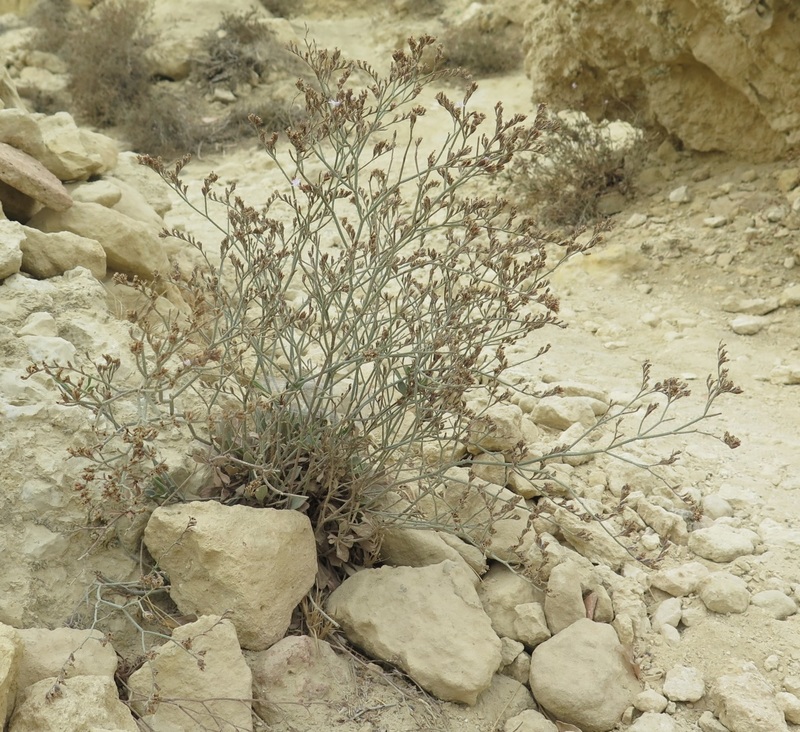
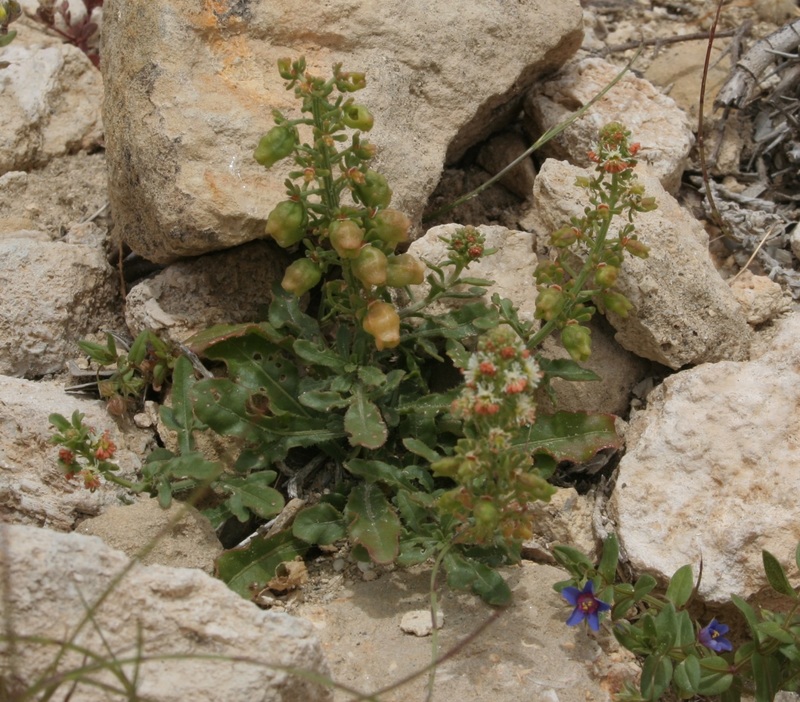
Limonium creticum and Reseda minoica at flowering stage as found in Matala.
The two species can be characterized as potentially ornamental and are protected by the Greek Presidential Decree (80/90) and the Greek law 3937/2011 for the protection of biodiversity. In Matala they are threatened by the impact of visitors and by the invasive species Carpobrotus edulis, which was planted there for ornamental reasons. The conservation actions involve eradication of Carpobrotus edulis, reinforcement of the populations and placement of information signs for the visitors. For the reinforcement, both seeds and seedlings were planted. The actions started in January 2018 and are implemented with the permission and in cooperation with the Archaeological Service.
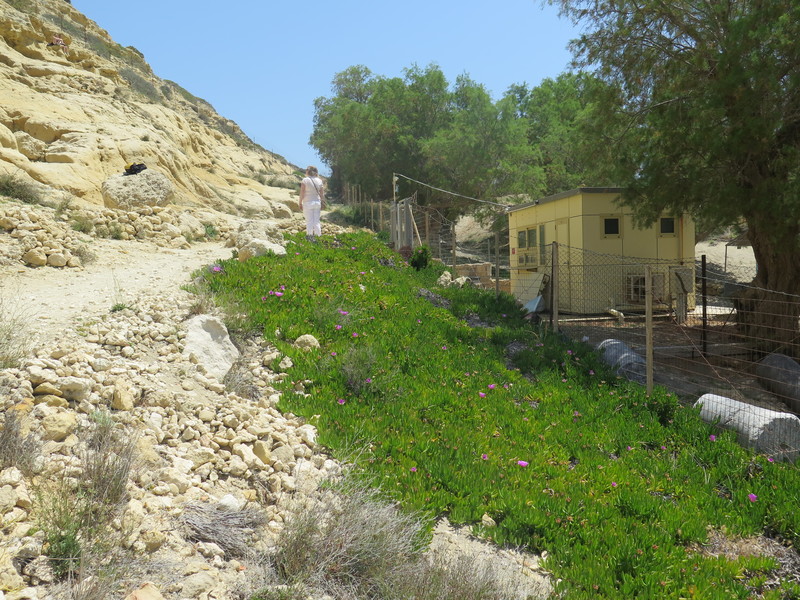
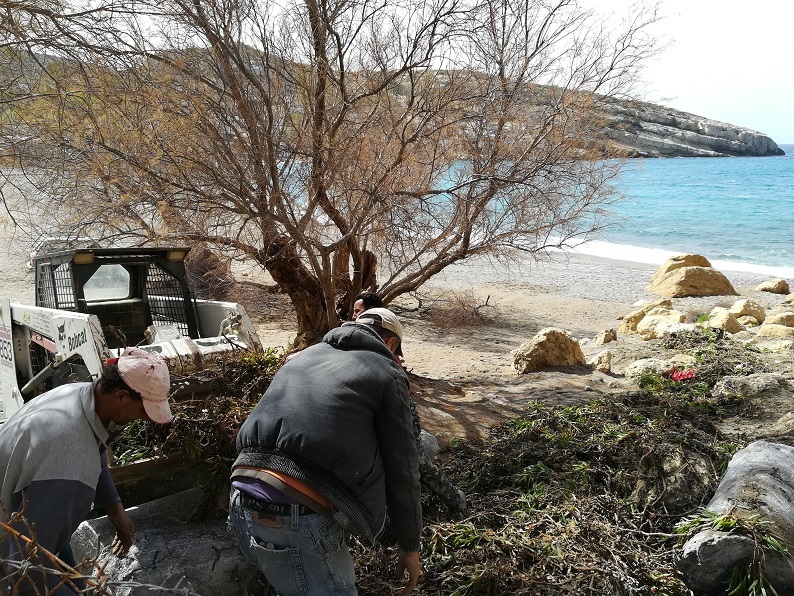
Left: Site invaded by Carpobrotus edulis. Right: Removal of Carpobrotus edulis plants.
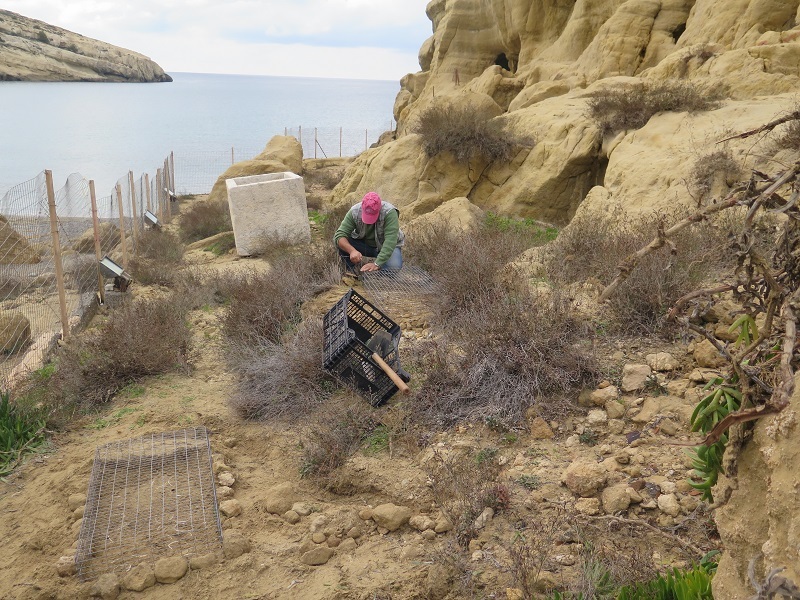
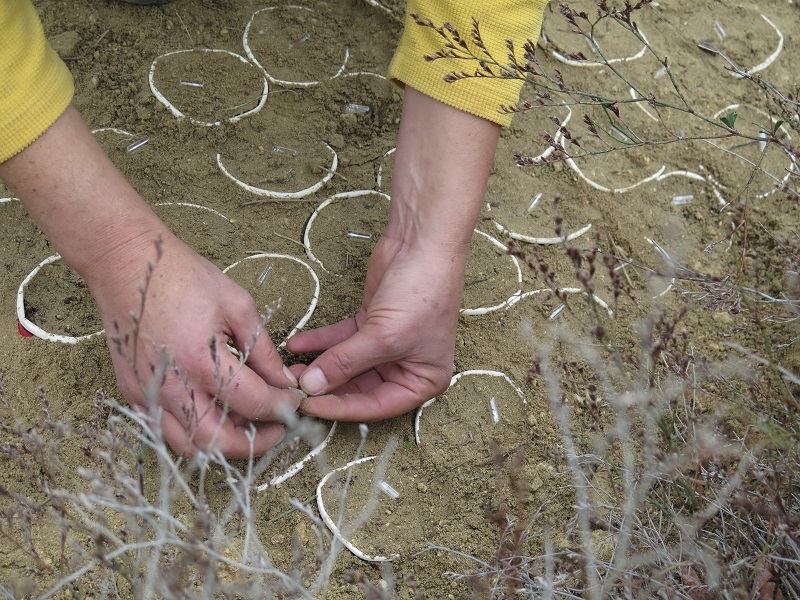
Initial removal of Carpobrotus edulis and planting of Limonium creticum seeds.
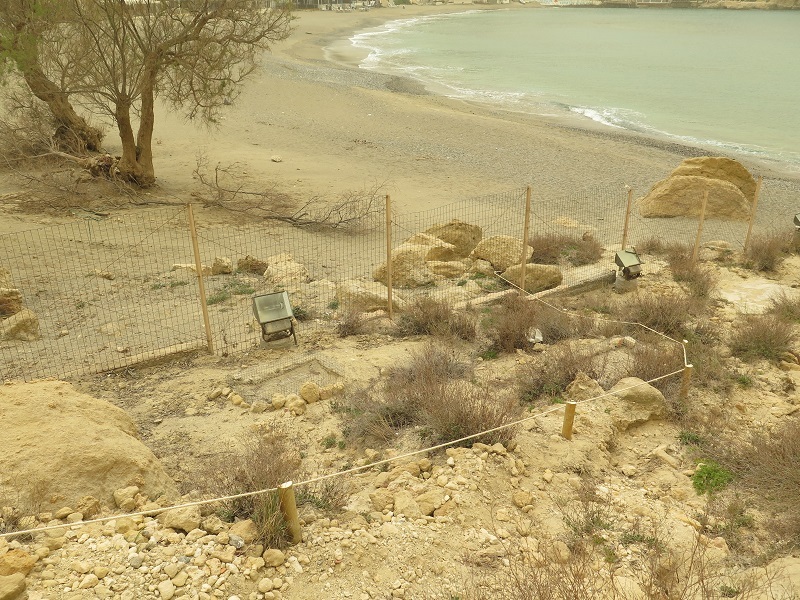
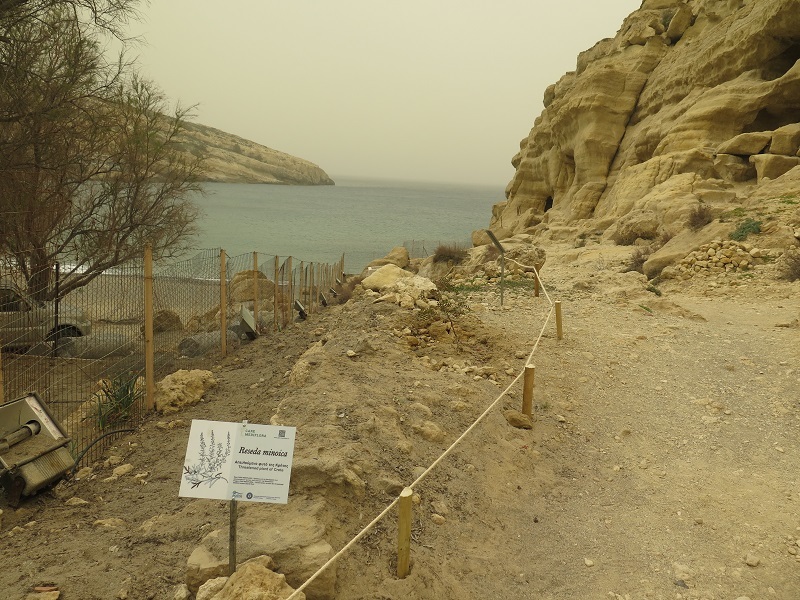
Placement of light protective fencing and information signs.
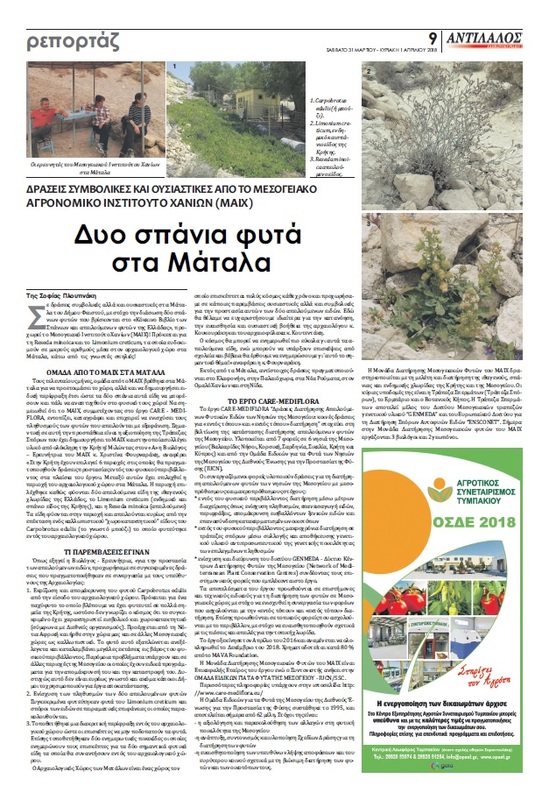
The local people were very interested in the conservation actions at Matala and it was an opportunity to inform them about the threats of invasive species, such as Carpobrotus edulis, to the local flora. An article about the actions and the CARE-MEDIFLORA project was published in the local media. See digital version here.
*The archaeological site of Matala: man-made caves carved out of the rock. Before the area became an archaeological site, the caves were occupied by “hippies”.








